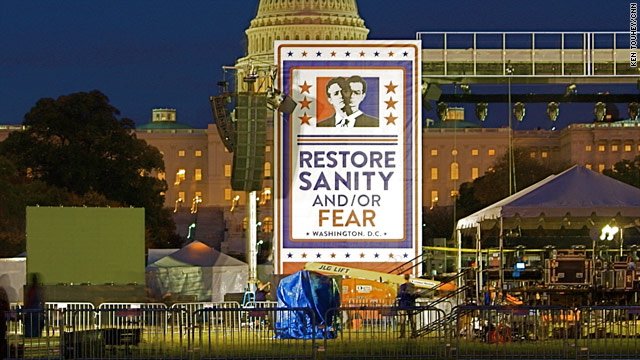I've published
earlier research on perceptions that President Barack Obama is Muslim. In that study, I was specifically interested in whether exposure to news moderated this misperception (it didn't). The least educated, least politically interested, and those with strong conservative Christian beliefs were most likely to perceive Obama as Muslim.
Okay, fine. But what about racism?
A couple of people have suggested that since discussing his race was politically incorrect, a taboo of sorts, the myth of him being Muslim became a surrogate for those with racist beliefs. But no one's tested this yet with actual data. Until now.
In a first blush, I looked at two different kinds of racism. The first is
explicit racism, a traditional measure based on questions such as do you feel admiration toward blacks? I created a scale based on these. The second is
implicit racism, and it's a bit more complicated. Respondents were asked to focus on a screen and then, for 250 milliseconds (below conscious level) they saw a random black face, and then it was instantly replaced by a Chinese letter (ideograph). At that point they were prompted to quickly click on the letter as being pleasant or unpleasant. They did this for 24 faces. This is an approach used for years in other areas and even in attitudes toward Obama -- but not about perceptions of his religious affiliation. My N (number of respondents) is about 980 ... real people, not college students.
Okay, so we have two measures of racism. I put them into a model to statistically control for education, age, race, party identification, and so on, to see if racism still predicted the likelihood to see Obama as Muslim.
I fully anticipated that
implicit racism would remain statistically significant, being a sneakier measure of racism. I was wrong. Only
explicit racism continued to predict the perception that Obama is Muslim. There are two possibilities. First, I may have screwed up creating my
explicit racism measure. I've triple checked, but it's a complicated bit of recoding given the number of images, their randomized order, and so on. The other is that the measure simply doesn't work. That seems unlikely. It's an approach, called AMP, that's been around for a while and worked well in
this study of Obama. Or maybe I need to think deeper about differs between these two measures.
Regardless, it's fascinating that
explicit racism remains a factor even after controlling for a large number other, more likely, explanations. That may be enough to build a journal article around, though I'm not so sure. Any thoughts are appreciated.



